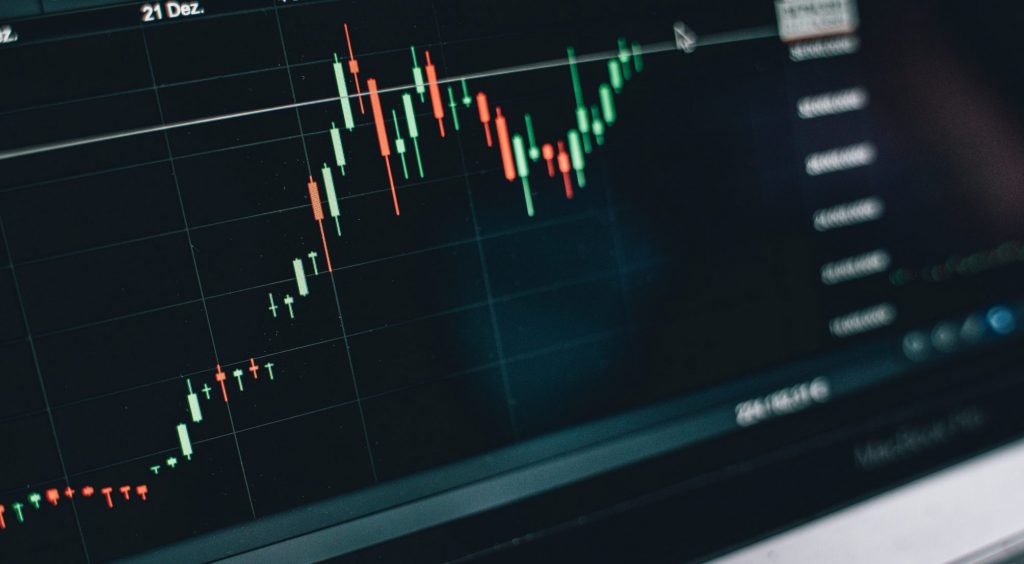Nicknamed “The World’s Factory,” China is the biggest trading partner of more than 64 nations, according to the 2016 CIA World Factbook. One of them is Central Bank of Egypt data that showed China accounted for 8.8% of total trade as of March. That percentage is almost entirely due to imports from the Asian giant, which equaled 11.6% of Egypt’s imports.
The Chinese yuan’s foreign exchange rate is vital in balancing Egyptian government finances. “Trade and financial linkages have significantly strengthened between China and other emerging markets, prominently over the past decade,” Phoenix Kalen, head of research at Société Générale, told Bloomberg in September. “These deeply embedded relationships [make it] more difficult for … emerging-market currencies to decouple from China.”
For most of 2022, the yuan has been depreciating against the dollar. That has been a boon for Egypt by helping stabilize the country’s imports as the pound devalues.
However, forecasting what the yuan will do next is tricky. That is because the Chinese central bank’s agenda and monetary policy are driven by politics, economic fundamentals, and global economic influence.
Weak yuan?
The yuan’s foreign exchange (FX) rate started depreciating on Apr. 18. By the end of the month, industrial output had declined 2.9% compared to a year earlier, the biggest percentage drop since February 2020. A Reuter’s poll showed participants expected 0.4% growth in industrial output in April.
Additionally, consumption declined throughout the month. The Chinese National Bureau of Statistics (CNBS) reported year-on-year retail sales fell 11.1%, car sales 31.6%, and manufacturing 4.6%.
That slowdown has persisted. The Caixin China General Manufacturing PMI monthly score was over 50 points (the threshold indicating growth in purchase orders) only three times in the first nine months of 2022.
China’s ongoing “zero-COVID” policy that shuts down cities if a handful of cases are reported is a primary culprit. In April, the CNBS said, “As the impact of the increasingly grim and complex international environment and greater shock of COVID-19 pandemic at home obviously exceeded expectations, new downward pressure on the economy continued to grow.”
As a result, the yuan’s devaluation has continued throughout 2022, crossing the threshold of CNY 7 to the dollar on Sept. 21. A Bloomberg market report in September said, “The weakening in the yuan to 7 or more to the [dollar] piles on the costs for importers, depressing demand and forcing prices lower.” The report added this threshold has been a “key line of defense for China’s central bank in recent years.”
However, China has yet to act forcefully to protect the yuan. One reason is all currencies not pegged to the dollar also are depreciating. “If yuan went to 10 and the euro and yen were stable against the dollar, that would be much more problematic,” Jim O’Neill, senior adviser to Chatham House, told Bloomberg in September. “But if the dollar is rising against all currencies because of Fed tightening, there is not a huge amount China can do.”
In reality, the yuan is appreciating against other currencies, including South Korea’s won (Up 6% in 2022) and Japan’s yen (12%). For Egypt, the yuan appreciated against the pound from EGP 2.47 on Mar. 19 to EGP 2.91 on Mar. 22 before settling at EGP 2.77 at press time.
Sofia Horta e Costa, Bloomberg’s chief China markets correspondent, explained in a September report that Chinese authorities are not likely to take any steps to disrupt the current trend “as long as it doesn’t cause financial or social instability.”

Rising costs, nevertheless
China, like most nations, trades with the United States and countries with currencies pegged to the greenback, particularly member states of the Gulf Cooperation Council. As a result, the yuan’s depreciation against the dollar is causing imports from those countries to rise.
In 2021, China imported a record $180 billion in U.S. goods, primarily electrical and electronic equipment; fuels, oils and distillation products; machinery, nuclear reactors and boilers; and oil seeds, fruits and grains.
Meanwhile, China Briefing, a news portal, reported Saudi Arabia, whose riyal is pegged to the dollar, is China’s biggest oil supplier, accounting for 17% of its oil imports in 2021. Qatar, whose currency is also pegged to the dollar, is China’s fourth biggest natural gas supplier, according to U.S. Energy Information Administration data. The China Briefing article added that “a huge portion of oil exports from Kuwait, Iraq, the United Arab Emirates and Oman are directed to China.”
Meanwhile, rising global commodity prices due to the war in Ukraine hurt China. As a result, China’s annualized inflation rate rose from 0.9% in January to 2.5% in August.
Different strategy
Unlike most countries, including the United States, China has focused on growth rather than inflation. China’s baseline interest rate, called the Loan Prime Rate, declined from 3.8% at the start of 2022 to 3.6% in October.
That is a double whammy for the yuan. “The [U.S. Federal Reserve] is increasing the pace of rate hikes, while [China] is moving toward further incremental easing,” Peter Kinsella, global head of forex strategy at Union Bancaire Privee, told Asia Financial in June. “This puts further pressure on the exchange rate.”
China did, however, allow banks to reduce foreign currency reserves from 8% to 6% as of Sept. 15. Joe Mcdonald, AP’s former China bureau chief, said in September such a move increases the dollars available to buy yuan and strengthen the currency.”
The Chinese central bank has also set lower-than-expected average FX guidance rates, aka midpoint guidance rates. In September, economist Bruce Pang of Jones Lang Lasalle told Reuters the strategy should “cool down” bets against the yuan and alleviate the pressure of a fast depreciation.
However, Horta e Costa of Bloomberg noted that “none of these measures has come across as forceful enough or stopped traders from expressing more entrenched bearishness about the yuan.” The Economy Forecast Agency, a think tank, expects the yuan to stabilize against the dollar by March 2024, reaching CNY 8.2.
Yet, those forecasts are contingent on Chinese political sentiment. “Having a managed currency, there’s much more of a signal in what policymakers are doing or not doing,” Viraj Patel, a strategist at Vanda Research, told Bloomberg in September. “Too much [movement] is often a red flag … as it suggests that … officials may know something that we don’t.”







